32 little known facts about cats and dogs
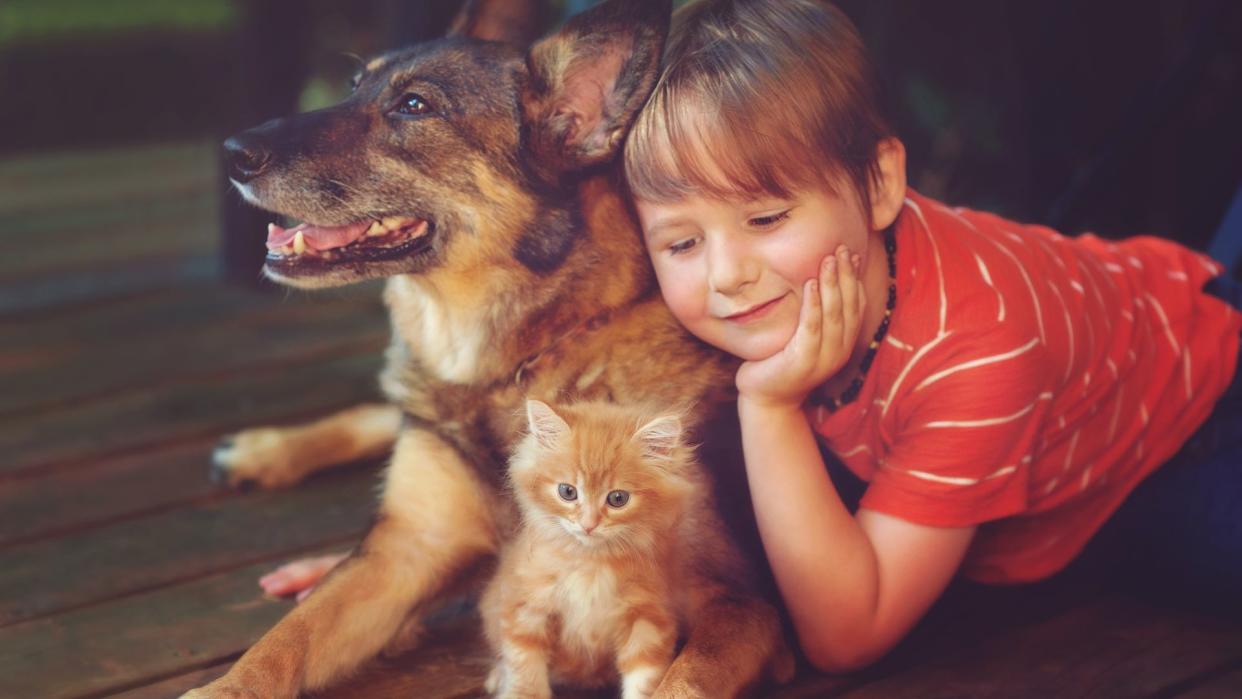
Thousands of years of selective breeding have made our favorite pets versatile, specialized animals. Cats and dogs have been walking alongside humans for so long that they've picked up some interesting traits and been part of some great stories. From the invention of the cat flap to the sinking of the Titanic, our pets have been silent companions through it all.
We've pulled together some of our favorite little-known facts about cats and dogs, including the oldest, the fastest, and some unexpected statistics about where dogs sleep.
32 little known facts about cats and dogs
1. Dog’s have a unique nose-print
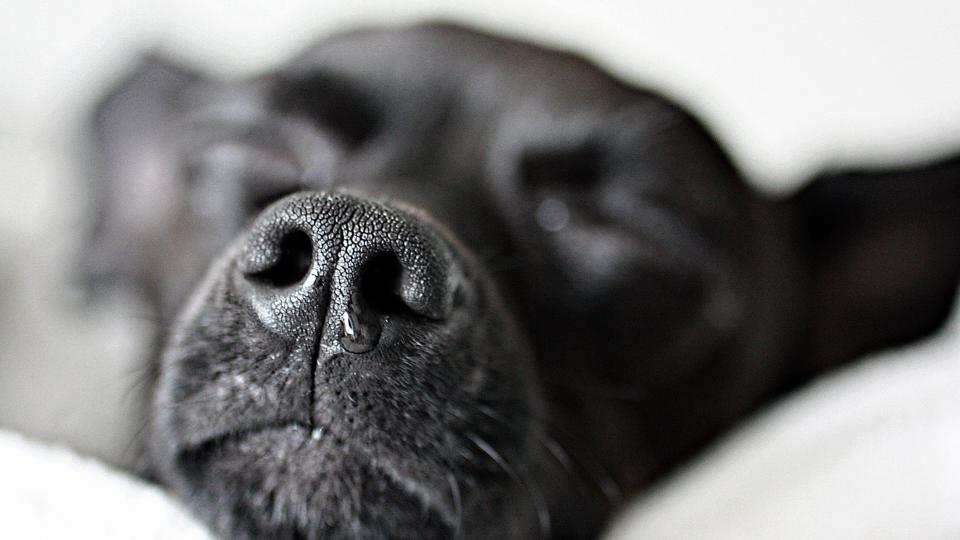
Just like human beings have unique fingerprints, dogs have a nose-print that is unique to them. In fact, you can get jewelry, paintings, and casts with your dog's nose-print. Every puppy has a unique nose pattern from around two months of age that doesn't change as they grow. If there is some food suspiciously missing in your house, you can dust for nose-prints and find the culprit!
2. House cats and tigers share 95% of their genes
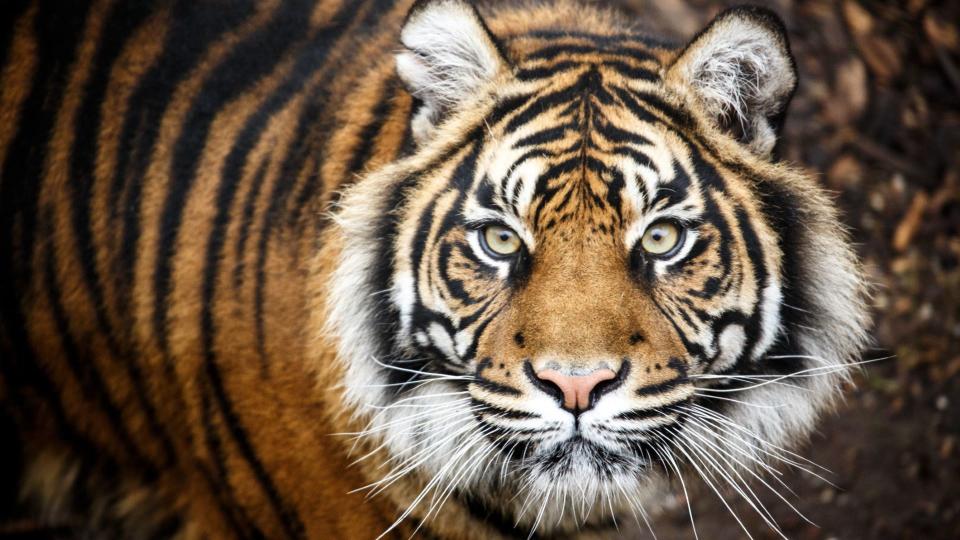
House cats share 95.6% of their DNA with their much larger cousin, the tiger. It has been around 10.8 million years since the tiger and house cat diverged into two separate species, but they do share a common ancestor according to a study in Nature Communications.
3. 45% dogs sleep in their owners bed

The largest percentage of dogs (45%) sleep in their owner's bed according to the American Kennel Club. 20% sleep in a crate, 17% in a dog crate and 14% in various places inside the house. 4% sleep in a shelter outdoors.
4. Cats can jump 6x their height
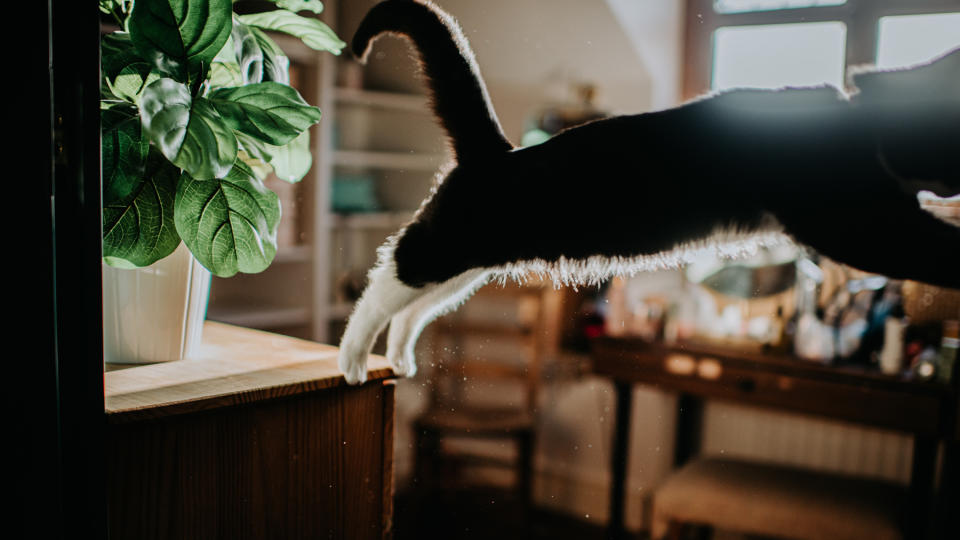
A healthy adult cat can jump up to 6x their height (from ground to wither). From the ground, a cat can leap between 5 and 6 feet and can easily clear a fence of this height. If a fence is higher than this, cats are also excellent climbers and can use their claws to scale vertical surfaces if there is enough texture for them to find purchase.
5. Dogs noses are wet to help them smell
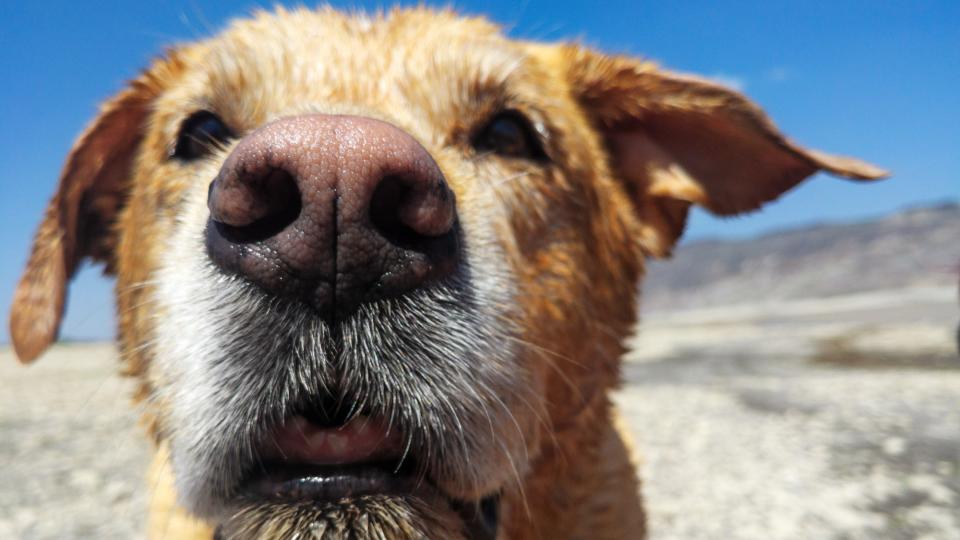
Dogs noses are coated in a special mucus that helps them to absorb scent chemicals. This is why their noses run when they smell something interesting and why they tend to lick their noses in order to sample the scent that their wet nose has captured.
6. Cats can be left or right pawed

Cats have a dominant paw, just like people have a dominant hand. What's odd is that female cats seem to lead with their right paws, while males will lead with their left. This also means when they are investigating something, they are likely to poke it with their dominant paw.
7. Dog noses have millions of scent receptors
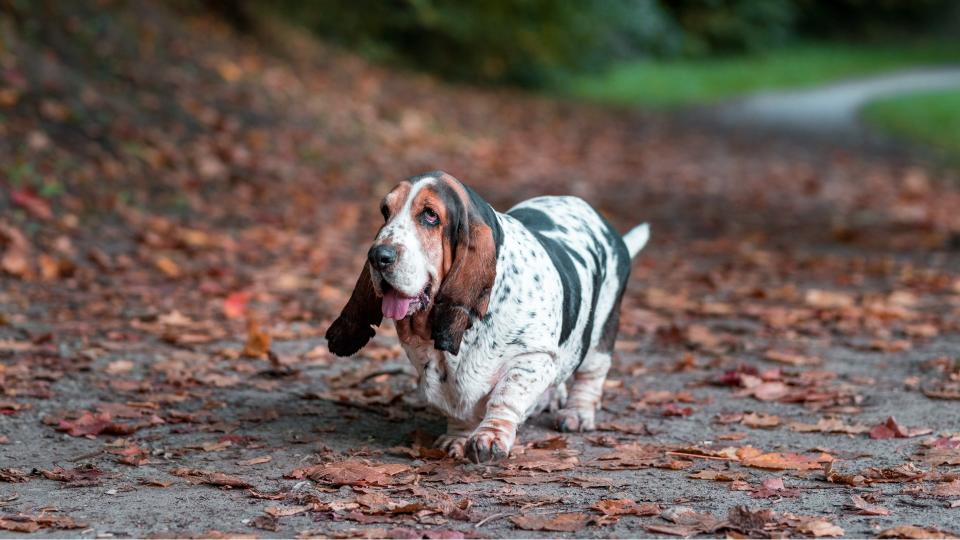
Dogs see the world through their powerful noses, which have 100-300 million scent receptors. Human noses, in comparison, have a measly 6 million. Dogs use their noses to find out about the world around them and when they meet a new dog, a quick sniff can tell them the gender, mood and health of their new friend.
8. Most cats have 18 toes
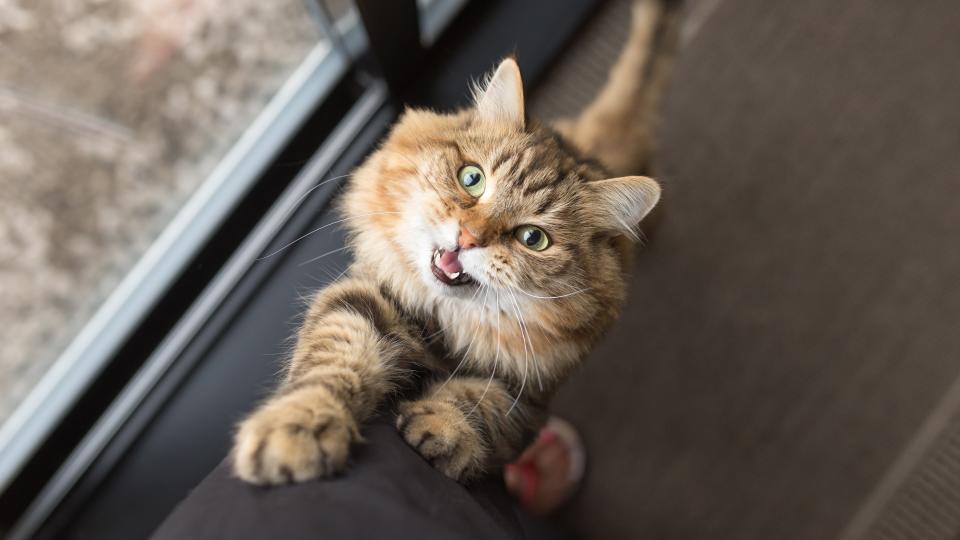
Some cats have extra toes, known as polydactyl cats, which aren't as rare as you might think. If your cat has 'thumbs' and more than five toes in the front, and four in the back then they are probably a polydactyl cat.
9. Dogs curl up to protect their vital organs
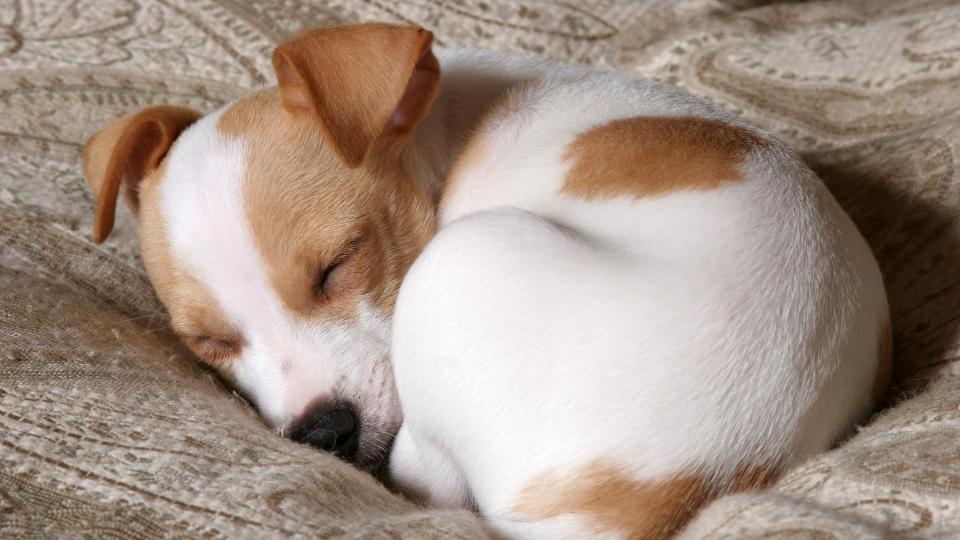
An evolutionary throwback, dogs curl in a ball for a number of reasons. While it's a great way to conserve energy, this sleeping position also serves to protect their internal organs from potential attackers. A happy dog who feels safe may lounge with their belly exposed, but often for night sleeps, you'll find your dog neatly curled up with their tail under their nose.
10. The oldest ever cat was 38
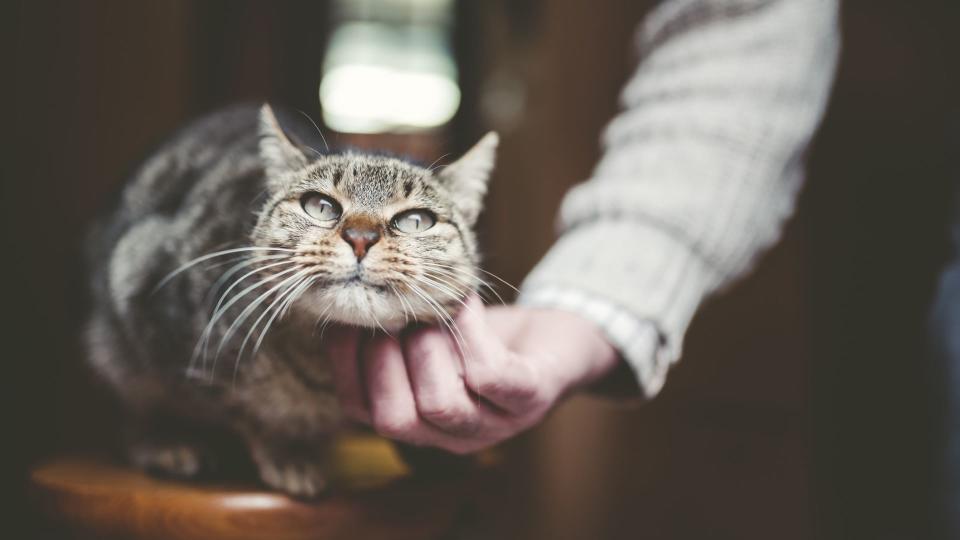
The oldest ever cat was named Creme Puff and won a Guinness World Record for living to 38 years and three days old. Amazingly, Creme Puff lived through 7 decades, she was born on 3 August 1967 and passed on 6 August 2005. Curiously, Creme Puff's owner also owned the 2nd oldest cat in the world, who was named Granpa Rexs Allen, and who died at 34 years, and 2 months old. He must have been doing something right to have two such long-lived cats!
11. Three dogs survived the Titanic

While the Titanic was an awful tragedy in which many people and pets lost their lives, three dogs made it off the ship and went on to live (on land). The survivors were all toy breeds who fitted tidily on a lap: Lady, a pomeranian, Sun Yat Sen, a Pekingese, and a pomeranian owned by Mrs. Rothschild. Records say there were nine other canine passengers who sadly lost their lives in the sinking, including a great dane whose owner refused to get on a lifeboat and leave her dog behind, according to the American Kennel Club. A Newfoundland also helped to summon the ship that rescued the survivors, the Carpathia, by barking despite the freezing arctic waters.
12. Cat whiskers work as a "radar"
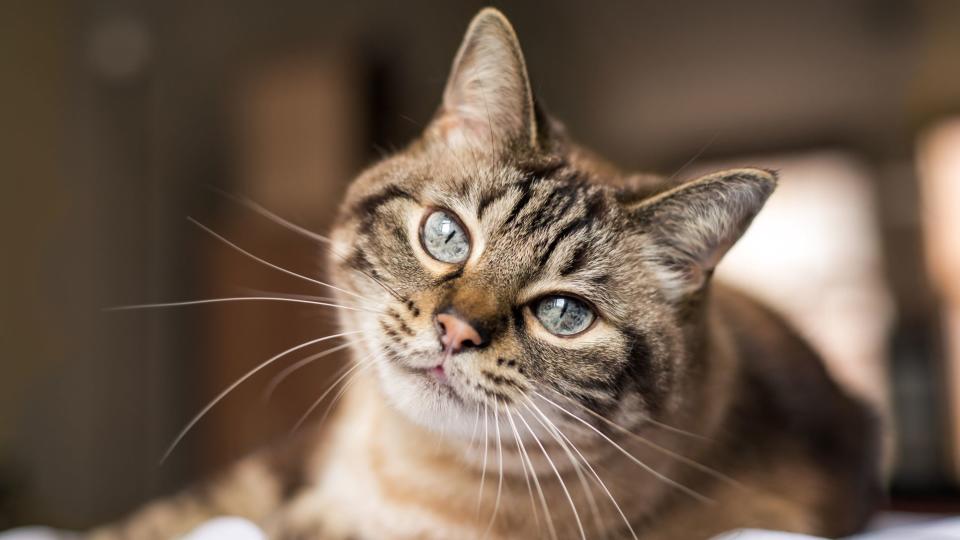
Cat whiskers go deep into a cat's cheeks, where they connect with tiny muscles and nerves that help the cat feel anything that touches their whiskers, no matter how tiny. Their fantastic whisker radar also serves as a tool to measure the width of things: their whiskers are no wider than their bodies so if their head fits through a gap they know the rest of them will.
13. There's a breed of dog that yodels
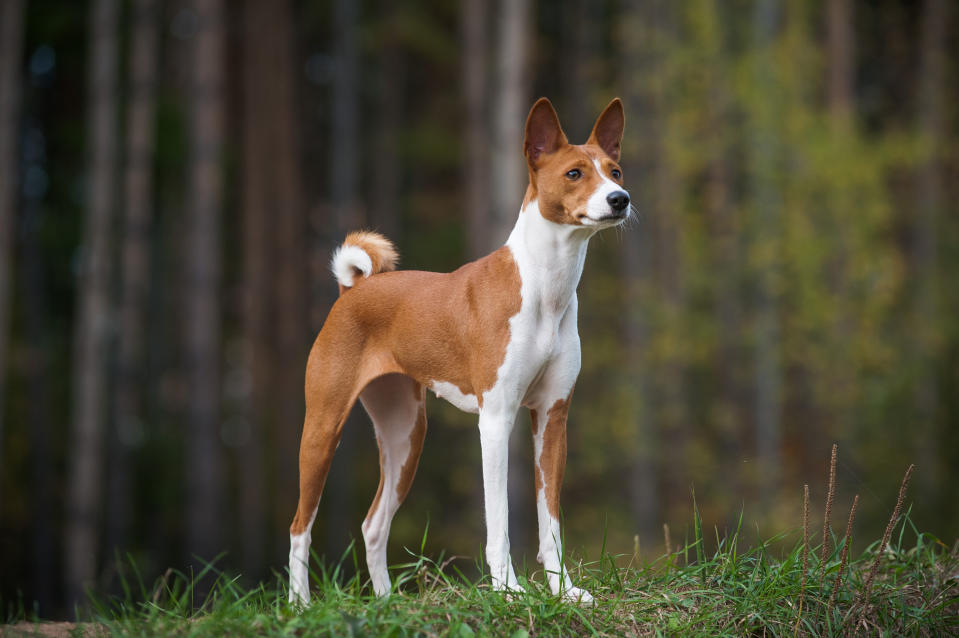
The Basenji, Africa's 'barkless' dog produces a very strange sound akin to yodelling. They have an unusually shaped larynx which means they communicate with a variety of sounds somewhere between a chortle and a yodel, according to the American Kennel Club.
14. Cats have a second set of whiskers
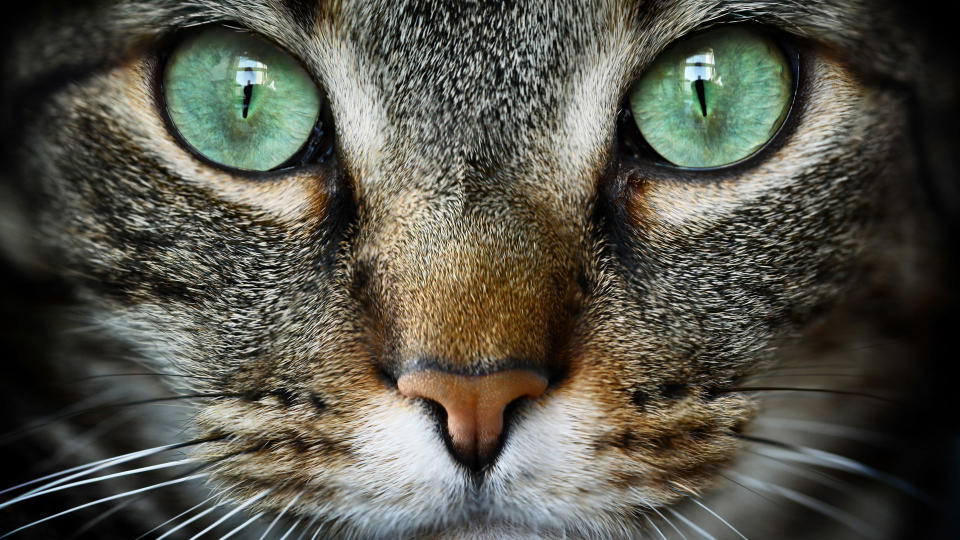
Cats have a secondary set of whiskers on their legs, known as carpal whiskers. These whiskers help the cat to navigate their surroundings and get a better sense of the terrain around them, which helps contribute to their elegant, graceful natures. They are usually longer and thicker than their facial whiskers and grow on the back of their front legs. They are sensitive to temperature and air pressure change, just like the facial whiskers.
15. Australian Shepherds aren't from Australia
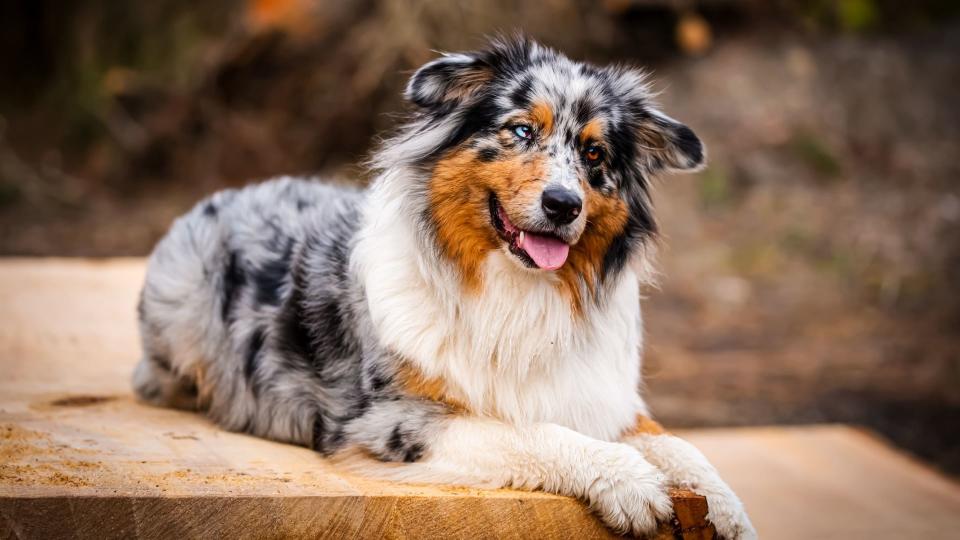
A bit of a misnomer, Australian Shepherds actually have nothing to do with the country of Australia and were perfected in California in the 19th century. Originally from Asturias in northern Spain, the breed came to California where it was used as a herding and all-purpose ranch dog. Aussies are incredibly smart and versatile dogs and can be used as service animals as well as general farm work.
16. Cats sleep 15 hours a day
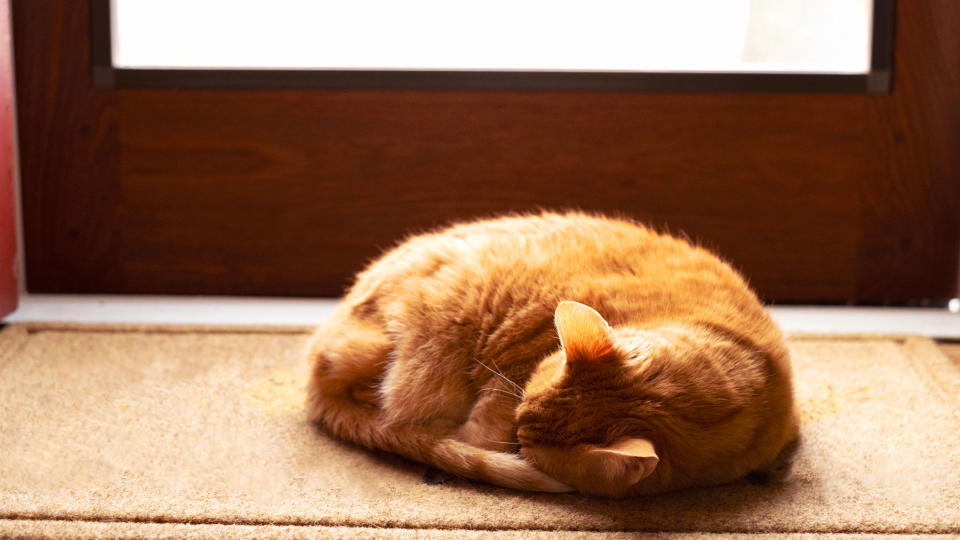
Cats may be fearsome little hunters, but they spend most of their lives asleep. 70% of their lives are spent sleeping, which is almost twice as much as humans tend to need. We like to think that they spend that time charging up for their 30% of active time in a day.
17. A greyhound can beat a cheetah long-distance
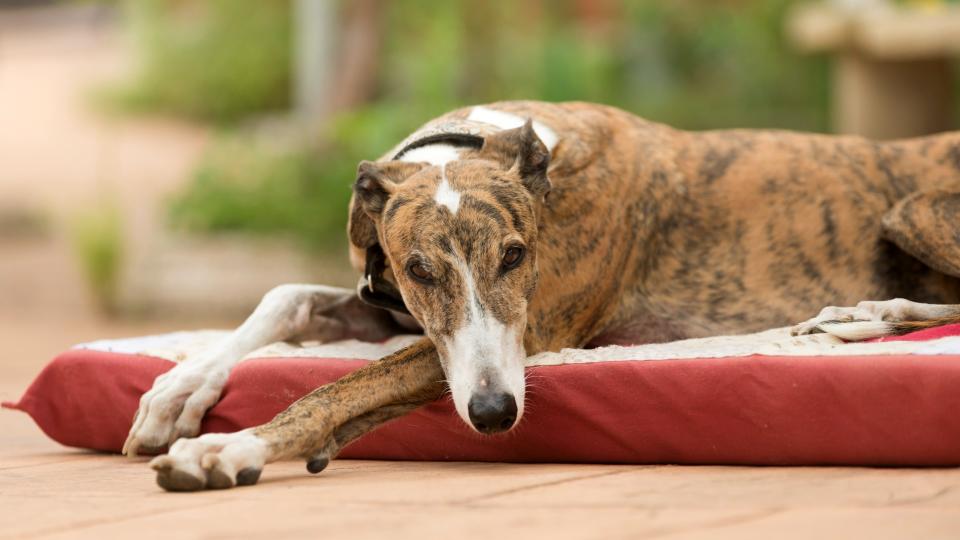
It's a close race, but greyhounds can maintain their top speed for 50 meters longer than a cheetah can. Cheetahs are great sprinters, hitting a top speed of 70mph, which they can sustain for 200 meters/219 yards. Greyhounds are a lot slower at their top speed, which is 45mph, but can run at this speed for longer, able to cover 250 meters/273 yards while maintaining this speed. Greyhounds are also better distance runners in general, able to maintain a speed of 35 mph over seven miles/11 km.
18. Ancient Egyptians mourned their cats
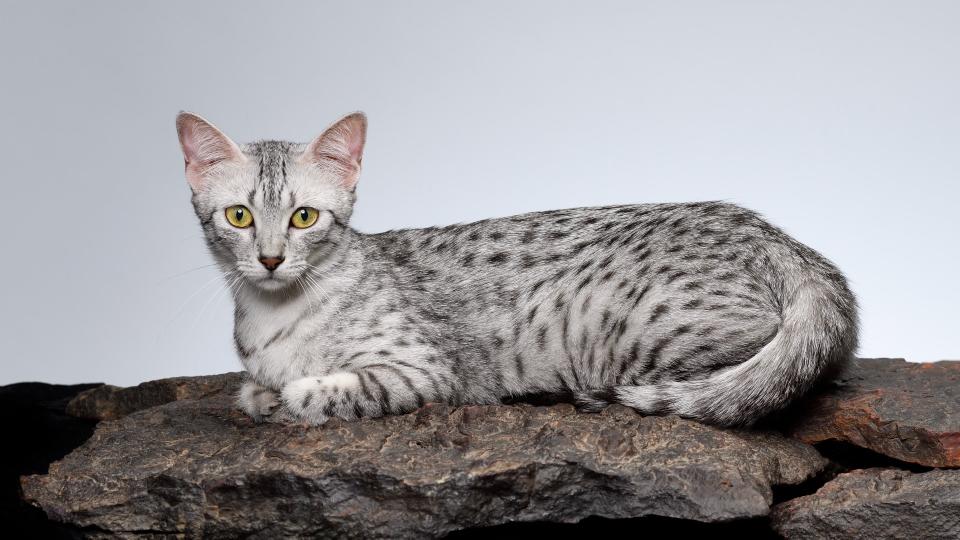
The ancient Egyptians loved their cats and would shave their eyebrows in mourning when a family cat died, according to the World History Encyclopedia. Beloved pets were sometimes mummified alongside their owners and saved from house fires as a priority. If a dog died in the home, they would shave their whole bodies.
19. There are 75 million pet dogs in the U.S.
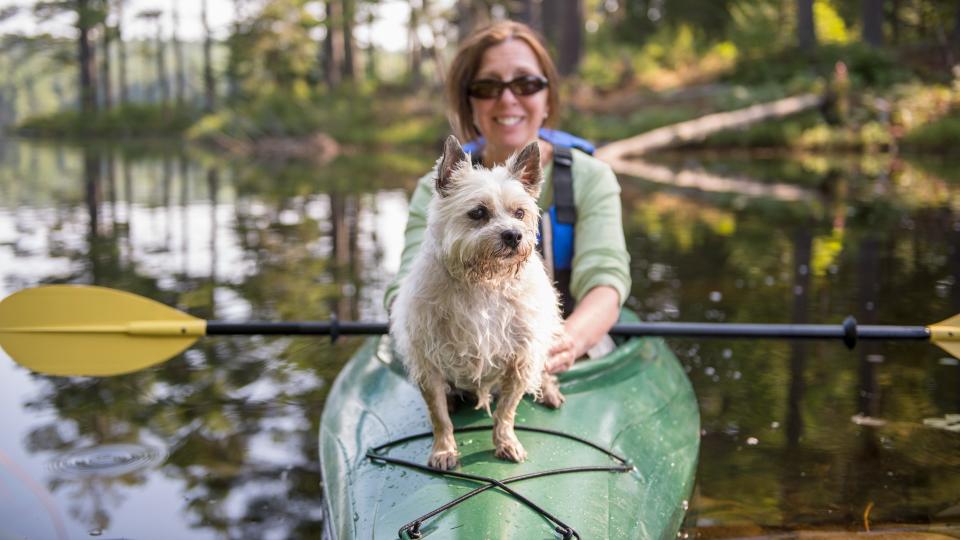
There are far more dogs in the USA than in any other country, with over 75 million pet dogs reported in an AVMA census. 38% of households reported owning dogs, with 1.6 dogs per household on average, compared to 25% who reported owning cats, with an average of 1.8 cats per household. So homes with cats are more likely to have more cats overall, but more homes have one or more dog.
20. There are a squad of feral cats at Disney
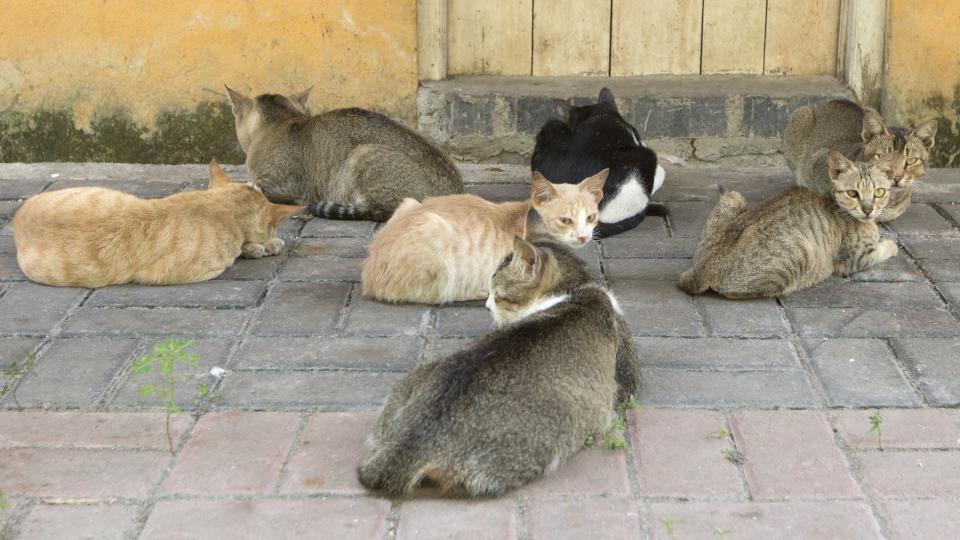
Disneyland Resort in Anaheim, CA has a squad of feral cats that have their own blog. They help to control rodents in the park and are popular members of the Disney family, continuing to live at the park despite a ban on feeding feral cats issued by the city.
21. Dalmatians are born white
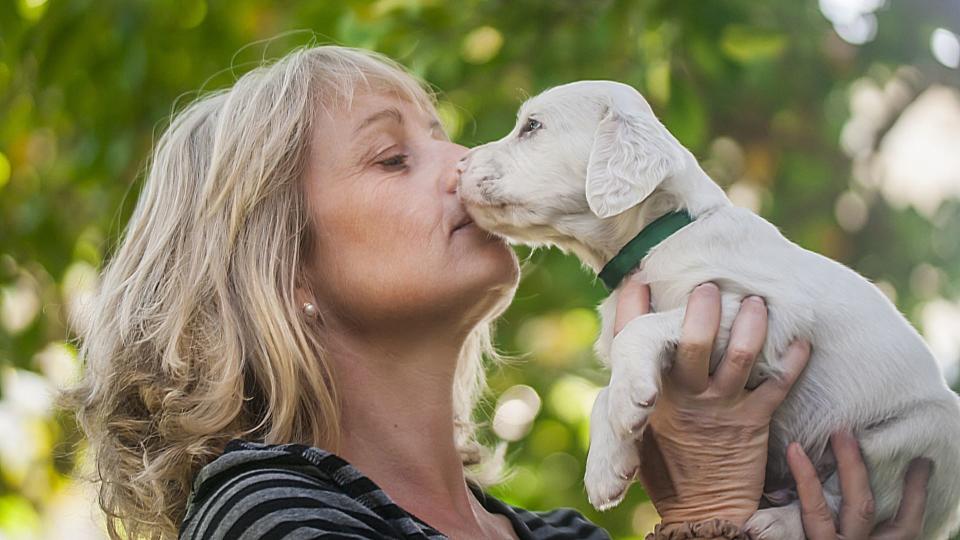
If you've seen or read 101 Dalmatians, you'll probably know this one, but it's still a less well-known fact. Dalmatians are born with white coats, not a spot to be seen. Their spots come in around 10 days after birth and continue to develop for 18 months. Your Dalmatian may have spotty skin from birth, but they don't tend to grow into the coat until a little later.
22. Cats were pets 9,500 years ago
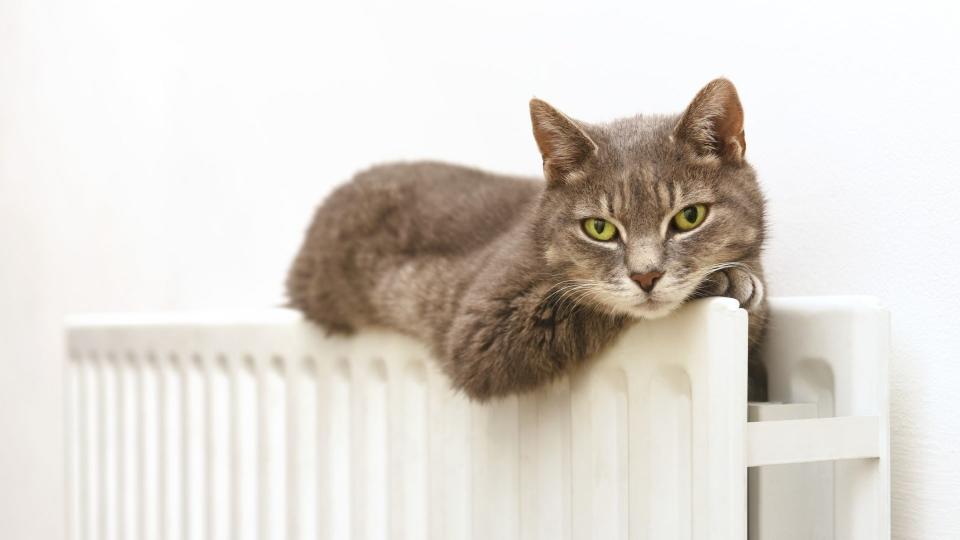
In 2004 archeologists found evidence of domesticated cats from 9,500 years ago, predating Egyptian cat art by around 4000 years, according to National Geographic. A gravesite shared by a cat and a human was unearthed on the island of Cyprus, indicating that we have shared our lives and hearths with cats for far longer than anyone suspected.
23. 30% of Dalmatians are deaf in one ear
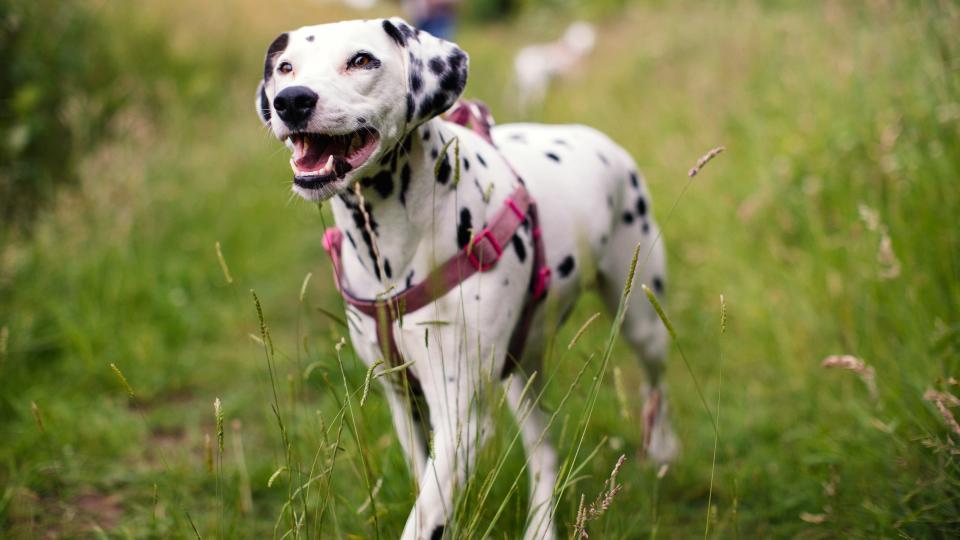
5%-8% of Dalmatians are born deaf in both ears, while somewhere between 15%-30% are born with deafness in one ear. Oddly, they are usually born with normal hearing but develop deafness within a few weeks due to a genetic issue that is tied to their beautiful spotty coats, according to the Universities Federation for Animal Welfare.
24. Kittens have 26 baby teeth
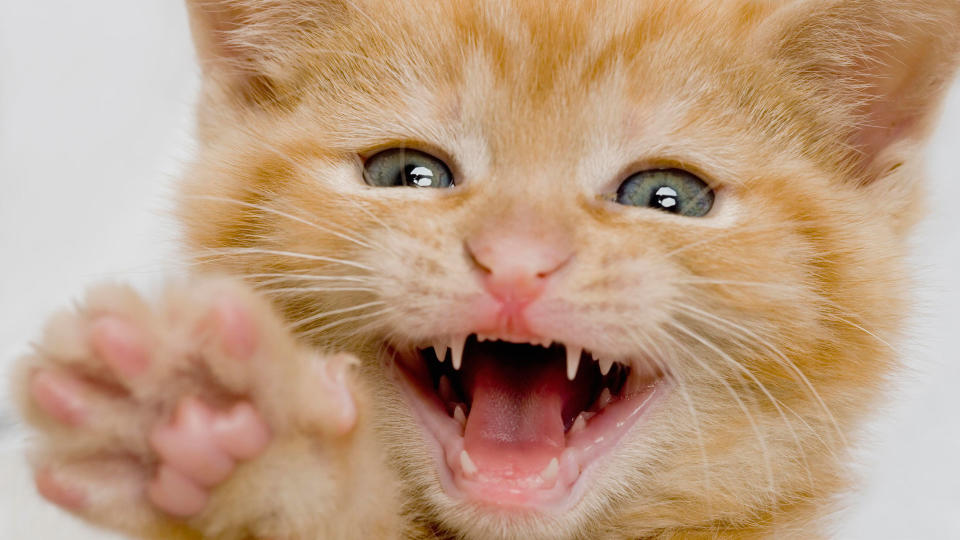
Cats are born with fewer teeth than they eventually have as adults, starting off with 26 milk teeth which are replaced by 30 adult teeth once the cat reaches maturity. Cats use their teeth for grooming as well as hunting and eating, so they have a variety of shapes and sizes of teeth in their mouths.
25. Dogs have less tastebuds than people
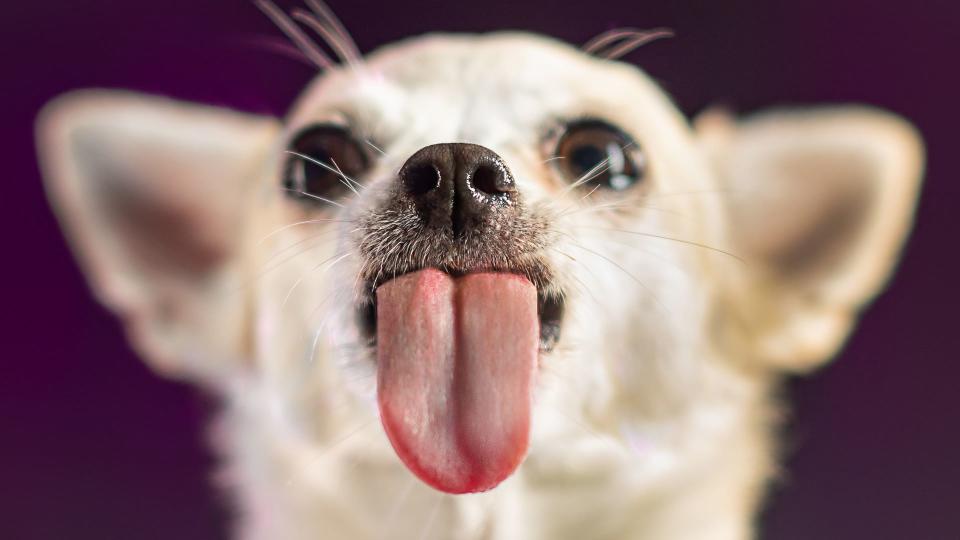
On average, the human palate is more complex than a dog's. While dogs have fantastic noses, their sense of taste isn't as advanced as ours, which is perhaps why they sometimes drink toilet water with such enjoyment. The average dog tongue has 1,700 taste buds, compared to the 9,000 we have, and each bud contains 50 tasting cells. Dogs can detect sweet, sour, salty, and bitter tastes and also have tastebuds specifically attuned to tasting water on the tips of their tongues, according to the American Kennel Club.
26. A cat was a mayor for 20 years
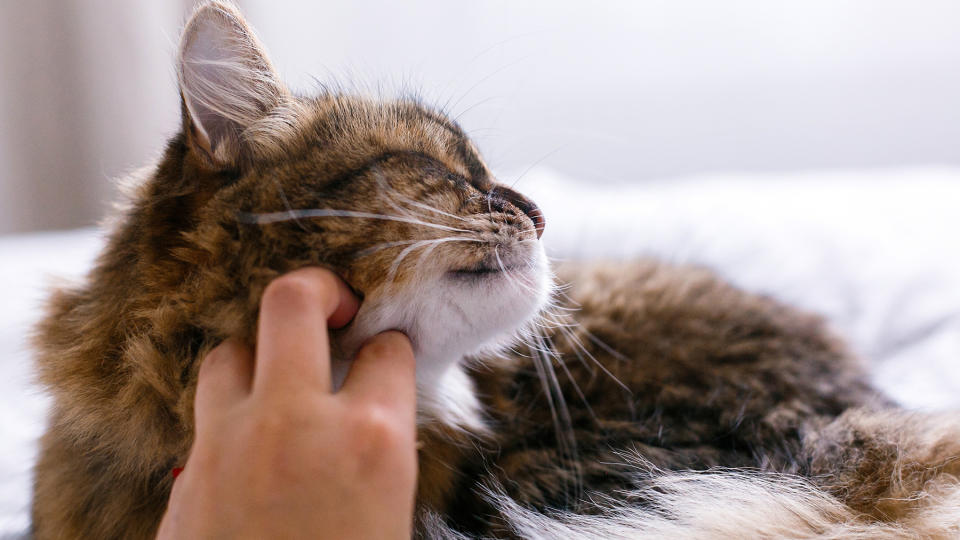
Somehow, a cat in Alaska ended up leading a town for 20 years. The town of Talkeetna in Alaska had a mayor called Stubbs who ran uncontested for two decades. Talkeetna has fewer than 900 residents, all of whom seemed happy to have a foundling ginger tom as their mayor.
27. Dogs have three eyelids
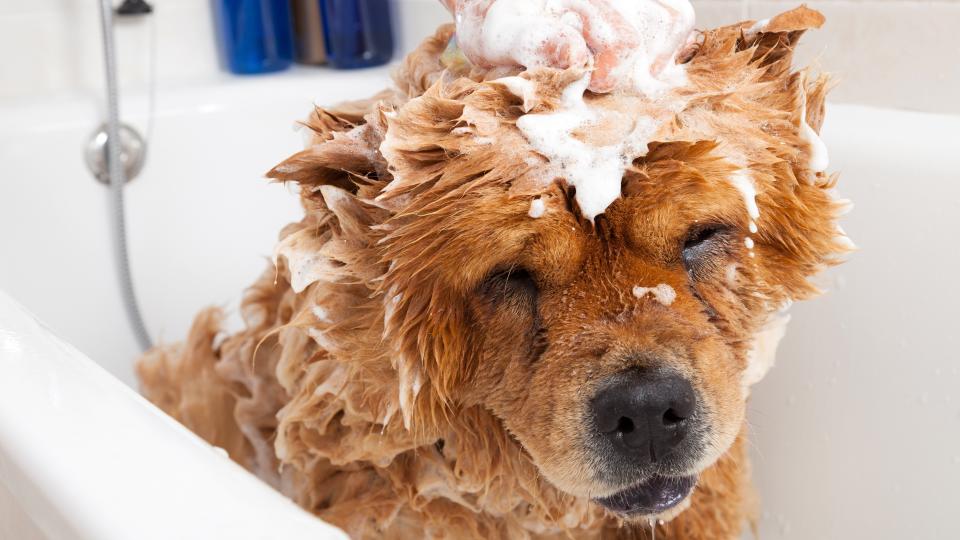
As well as top and bottom eyelids, dogs also have a third eyelid called the nictitating membrane, which helps to protect the eyeball from scratches. It can be seen in the corner of the dog's eye near the nose and produces 50% of their tears. Many animals have this third eyelid, including cats, crocodiles, and ducks.
28. Isaac Newton invented the cat door
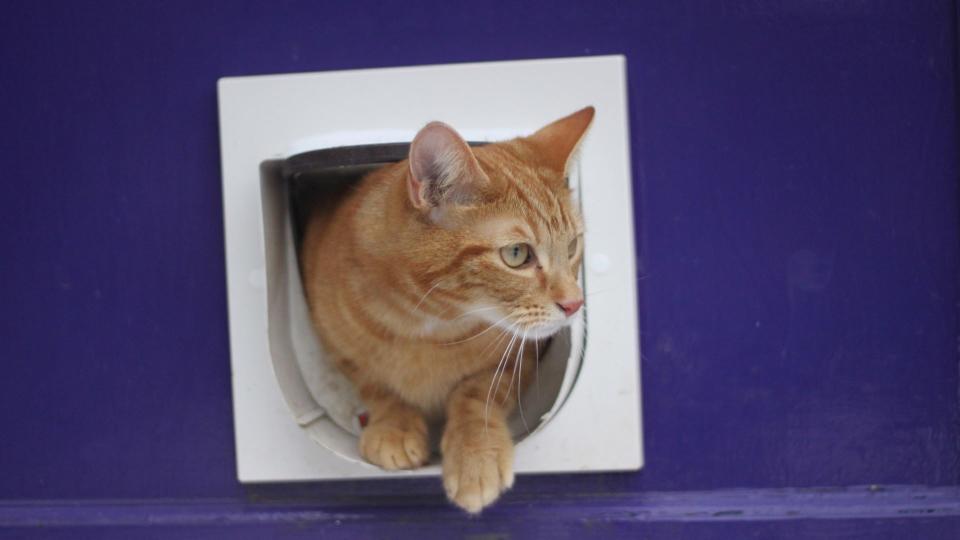
Sir Isaac Newton, the man who discovered gravity, found himself so annoyed by cats scratching at his door that he invented the cat flap as we know it today. While cat doors have existed in various forms throughout history, the design we use today is credited to Isaac Newton. When working at the University of Cambridge, Newton became so frustrated with the sound of cats trying to get through his door that he commissioned a local carpenter to build cat doors in the base of the door, which can still be seen today.
29. Dogs are unselfishly kind
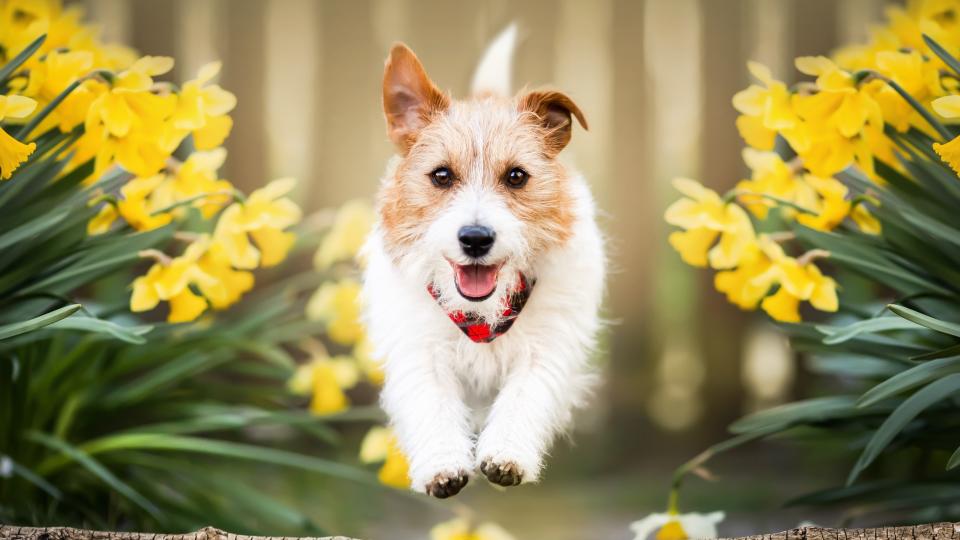
Dogs are one of a small group of animals that show unselfish kindness towards one another, particularly to family members, according to a report in Nature. Dogs were given the option to help their friend get a reward, with no benefit to themselves, which they were more likely to do than when paired with a strange dog.
The paper notes that cooperative behaviors are usually associated with primates, but dogs cooperate with hunting, pup rearing, and territorial defense. We've also historically bred from dogs with social skills, which may have led them to become more empathetic.
30. House cats can run up to 30mph
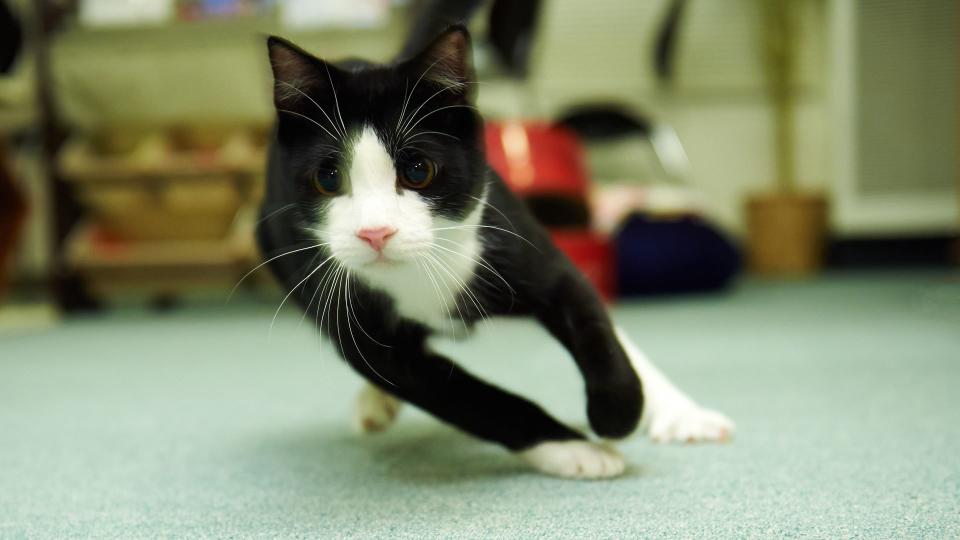
House cats are fast. While not as fast as something like a greyhound, they can bounce around the house and sprint at speeds of up to 30mph. Even a slow, chubby house cat can have a top speed of 20mph.
31. The oldest dog was 31

The world's oldest dog, Bobi, was nearly 32 years old when he passed away in October 2023. Bobi was a purebred Rafeiro do Alentejo who lived in Portugal with his owners. He was 31 years and 165 days old when he passed. Bobi was a bit of a hero, escaping certain death when he was a puppy when his owner, Leonel Costa, and his brothers hid the dog after the rest of the litter was put to sleep due to overpopulation.
32. There is a dog that hunts puffins
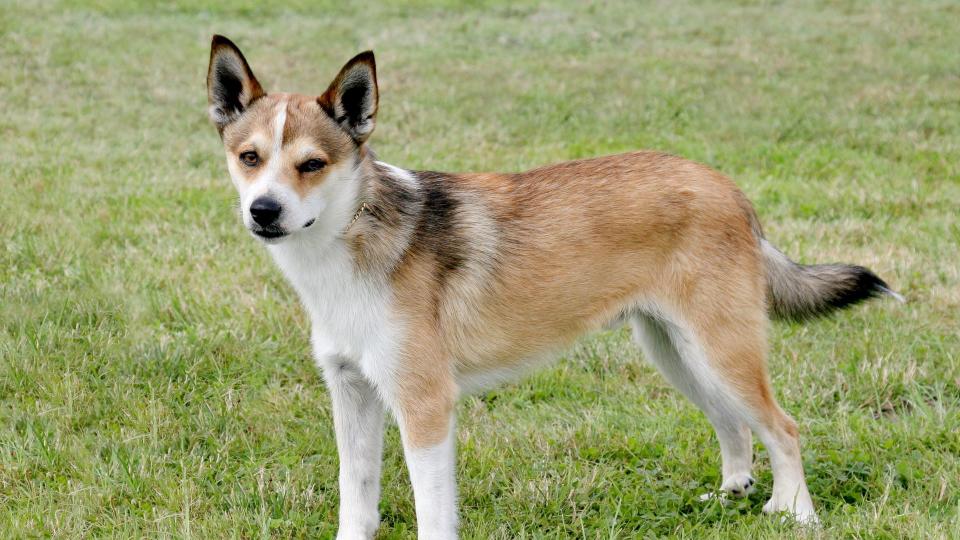
The Norwegian Lundehund is a really weird dog. They are unique in their job of puffin hunting and are a rare breed as this sport is now banned as puffins are a protected species. They are athletic, bendy dogs, able to crane their necks back to touch their spines, which makes them look goofy, if a little frightening. They can also close their ears and have flexible shoulders that let them splay their front legs wide and gives them a unique 'rotary' gait.

